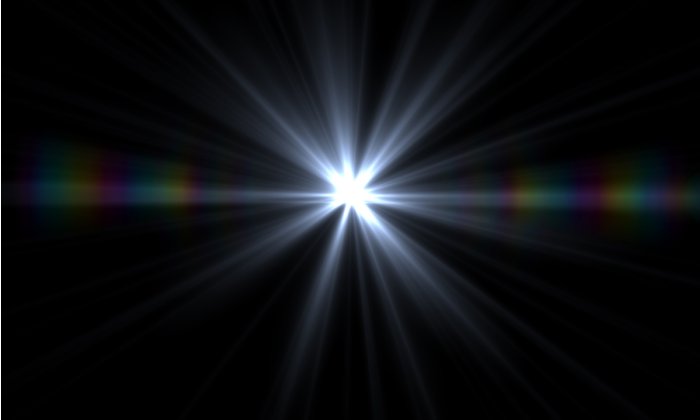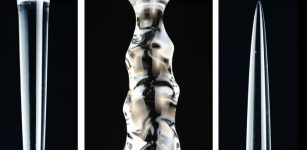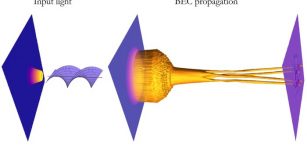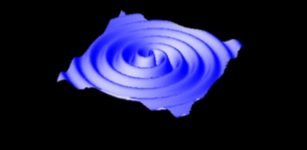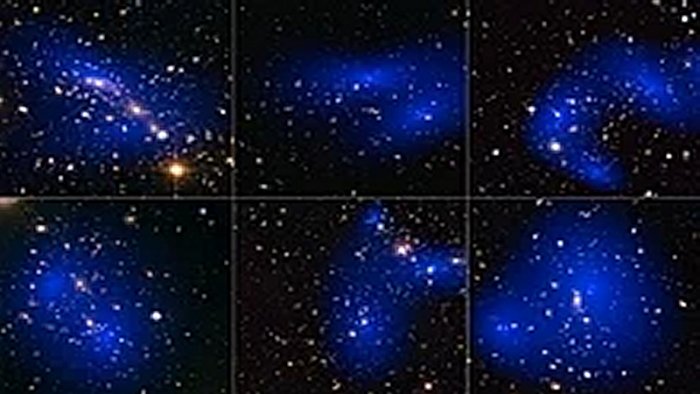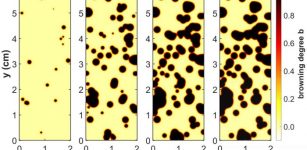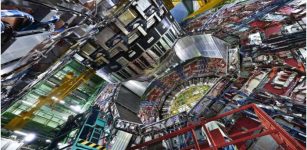A Novel Way To Generate Visible Light
Eddie Gonzales Jr. – MessageToEagle.com – Visible light is extremely important in nature. Seen by the human eye, it is the most intense light emitted by the sun to reach the earth’s surface and is an essential element for fundamental biological processes underlying life.
However, it is difficult to generate coherent visible light, like the light of a laser, that is intense for a short amount of time, in the order of the femtosecond.
It is difficult to generate coherent visible light, like the light of a laser, that is intense for a short amount of time.
A research team, directed by Professor Luca Razzari of the Institut National de la Recherche Scientifique (INRS), has successfully achieved this goal without using a complicated system. The results of their work were recently published in Nature Photonics.
An accessible setup
To generate visible light of that timescale, the team used an industrial-grade laser system available for most laboratories. They discovered that by propagating an infrared laser pulse in a hollow-core fiber filled with argon gas, a nonlinear effect generated short pulses of visible light with high intensity. “We observe a mixing of the different ‘modes,’ i.e., the spatial shapes the light beam takes as it propagates through the fiber, that creates this effect.
It occurs only with intense light,” explains Professor Razzari. He collaborated with Professors Roberto Morandotti and François Légaré at INRS for the experimental part of the work, as well as with a team of international researchers, from the French National Centre for Scientific Research (CNRS) (France), Louisiana State University (United States) and Heriot-Watt University (United Kingdom), for the theoretical modeling of the observed phenomenon.
This innovative approach, for the first time, does not rely on complex and expensive optical architectures to generate such ultrashort visible light pulses. As a result, it could be made widely available to explore a vast variety of phenomena in physics, chemistry, as well as biology, such as photosynthesis or even human vision. “With our pulses, we can study the dynamics of such processes and how they evolve on extremely short timescales,” says the postdoctoral researcher Riccardo Piccoli, first author of the paper.
This collaborative research project greatly benefited from the expertise of the INRS startup few-cycle, which markets the special system to stretch and hold such hollow-core fibers.
Written by Eddie Gonzales Jr. MessageToEagle.com Staff

